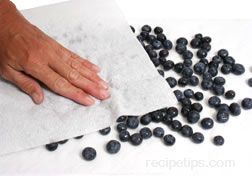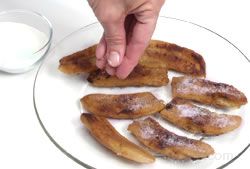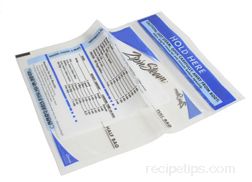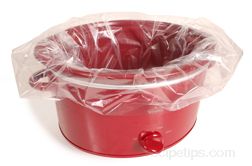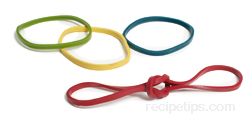Temperatures of meat are the hottest around the outer perimeter and decrease toward the center. As the meat rests, some of higher temperatures, also known as residual temperatures, move toward the center. Thus, it is particularly important to consider Carryover Cooking or Resting when cooking larger cuts of meat and attempting to achieve desired meat results for rare, medium rare or well done. The larger meat cuts, such as roasts and thick steaks that hold more residual temperature will continue cooking after being removed, so the temperature and resting time must be considered. Similarly, as the meat cooks, the increased temperature moves moisture and meat juices toward the center of the meat. Then, when the meat rests after cooking and the temperature begins to decrease, the juices move outward and become reabsorbed or redistributed into the outer areas of the meat, which is beneficial to creating a more moist and flavorful cut of meat for each slice that is served.
Meat that is resting should be covered loosely with aluminum foil so the temperature of the meat does not decrease too quickly resulting in less juice being redistributed or less Carryover Cooking than anticipated. As a general rule, use the following set of figures when determining Resting time and Carryover Cooking temperatures:
- Chicken - Whole or Butterfly: Roasted at 350ºF - Rest 5 to 10 minutes with increase in temp of 0 to 5ºF
- Chicken - Whole or Butterfly: Grilled at 250ºF - Rest 10 to 15 minutes with increase in temp of 5º to 10ºF
- Chicken - Breast: Roasted at 350ºF - Rest 5 minutes with increase in temp of 0º to 5ºF
- Chicken - Breast or pieces: Grilled at 250ºF - Rest 5 to 10 minutes with increase in temp of 0º to 5ºF
- Turkey - Whole: Roasted at 350ºF - Rest 20 to 25 minutes with temp increase of 5º to 10ºF
- Turkey - Whole: Grilled at 250ºF - Rest 20 to 25 minutes with temp increase of 0º to 5ºF








